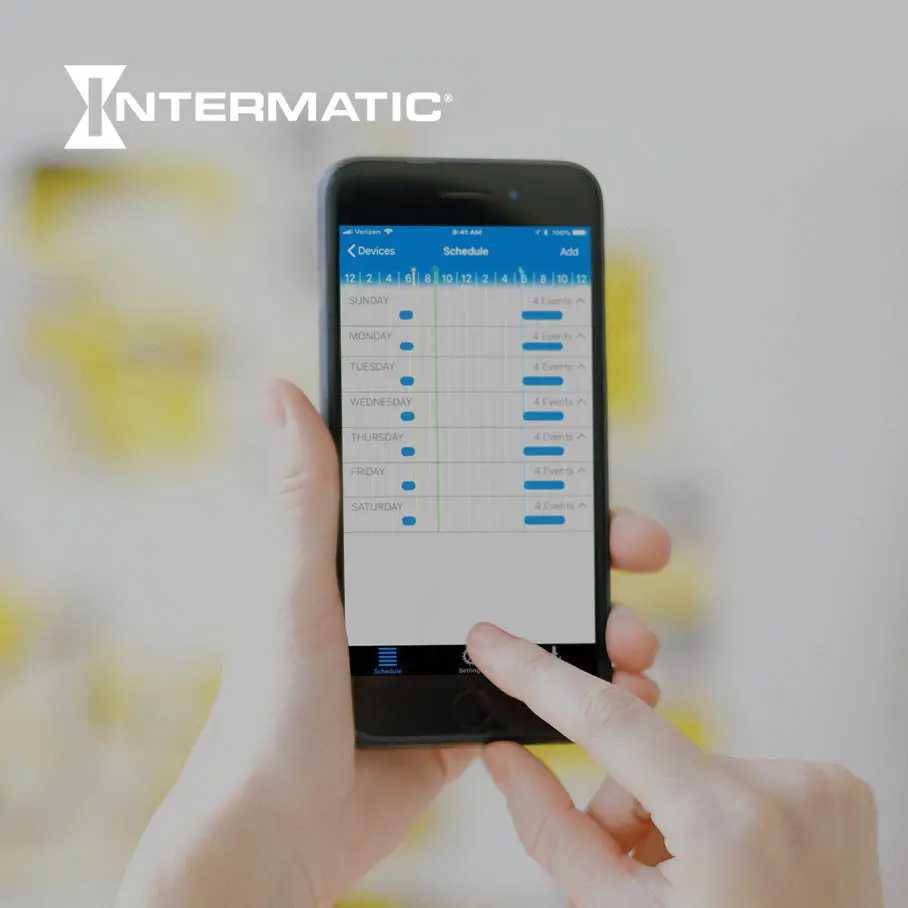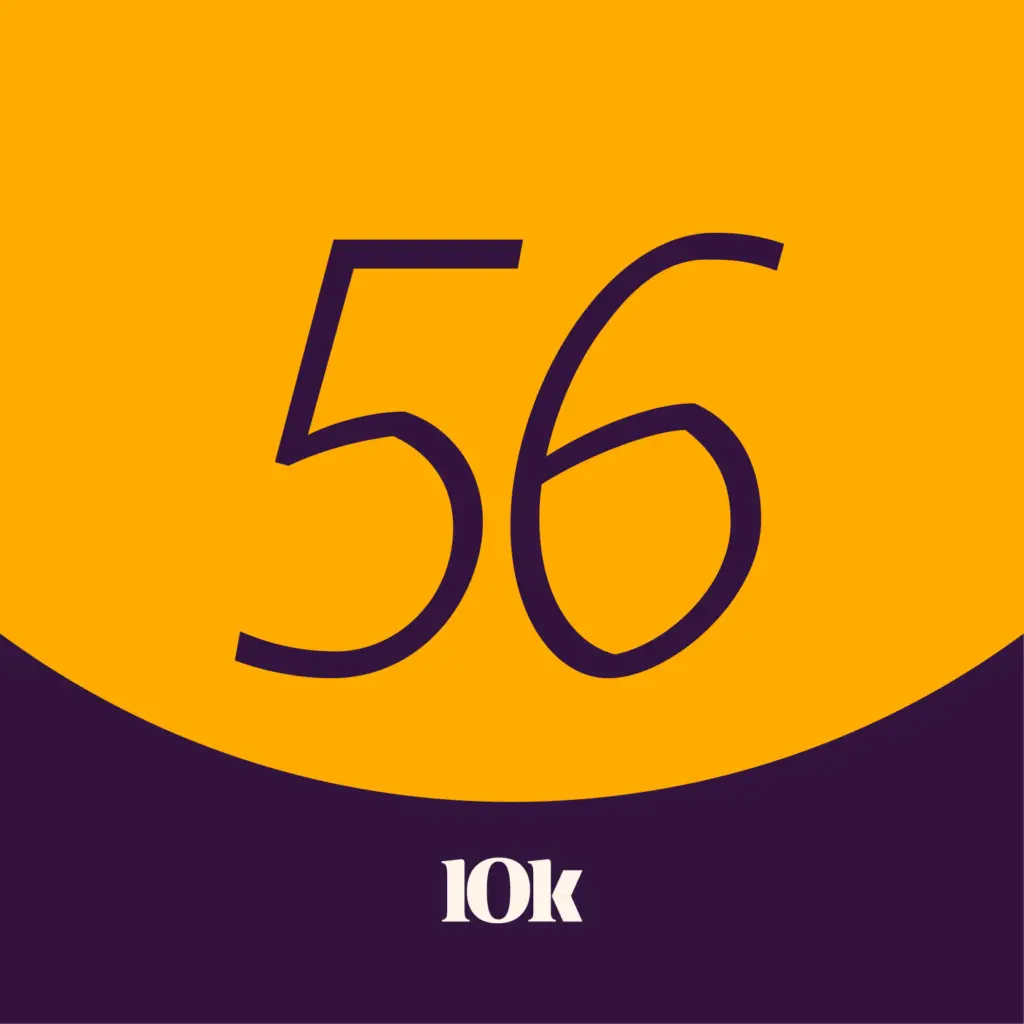When aiming to start saving on your business’s IoT costs, begin by asking the following two questions:
Why did your company consider a connected product in the first place?
A business may be focused on an internal goal, seeking to answer how the product and data can benefit the business itself, or a consumer-focused lens with the goal of providing customers something that has significant value to them. In industrial IoT, the goal might stop at the former, but in consumer IoT, this can and should be a mutually beneficial relationship between customer value and business benefits.
Which of these three critical components of your solution are in need of optimization?
The big three are below, and within each component there are common optimization areas to look for. We’ll break them down further in the optimizing cost section later, but to get you thinking about the landscape, let’s first highlight these three and what their role is.
Connected Product
- This is the physical thing itself. Sometimes referred to as “smart device” or “smart thing.” It’s typically running Wi-Fi, cellular or Bluetooth technologies that allow for additional communication and cloud connectivity. To help manage the device state when communication is received, it hosts a PLC (programmable logic controller). The software (i.e. code) supporting this physical thing is commonly referred to as firmware, and it runs locally, or “at the edge.”
IoT Platform
- This is often hosted in the cloud. It maintains an IoT broker for sending and receiving messages to the Connected Product and Mobile App. It is also responsible for orchestrating other IoT related workflows such as: OTA (over the air) firmware delivery, product provisioning and command and control.
Mobile App
- This is an application that you can download on your phone or tablet. It provides the user facing digital experience and a means for securely interacting with your connected product. Common activities here include pairing, checking product status, or sending commands to alter the state of the product.
We spoke to Vervint’s Justin Lang, Senior Consultant on the Connected Products team to find out how businesses can start saving on IoT costs.
Understanding investments
The components mentioned above all play a role in the current IoT investment. For starters, all carry some development and product investment cost and you can view this portion as a static, up-front investment. You’ll definitely want to optimize product and development cost, but this is typically done in the early stages of a new IoT initiative. The IoT Platform, though, is going to give us the ongoing operating cost breakdown, which is where we’ll be focusing our optimization efforts in this post. If you’re bleeding out, this is where to start.
Before you can look to optimize costs, you first must evaluate and understand your current investments. And that means gathering the information needed. Lang calls this first set of KPIs the “baseline metrics.” The goal is to gain insight into the current state of the system, and the cost it is incurring. So, what should we be looking for?
“Well, when I speak with customers, I hear the same single metric over and over again,” Lang said. “It’s called operational cost per device, and it goes a little something like this: ‘In order to continue to scale this product, we must cut operating cost per device down to X dollars per year.’” A new initiative may have been pushed down through the organization, and the customer will be tasked with execution. One of the pitfalls you’ll want to avoid as an IoT Product Owner is being forced to commit to this arbitrary number without first understanding what options you have.
So, how do you get there? To truly understand where you’re heading, you first must know where you’re starting from. The million-dollar question: What is our current operating cost per device? Let’s find out in three easy steps.
- Determine the IoT Platform spend as a whole
- Determine the IoT Platform connected product count. This is otherwise referred to as ‘fleet size.’
- Determine the IoT Platform spend broken down by cost per connected product. In its most simple form, this can be calculated by overall spend (step 1)/fleet size (step 2).
Another question you’ll want to answer is the IoT Platform cost breakdown by service. In a cloud native architecture such as AWS (Amazon Web Services) or Azure, there are a lot of technologies contributing to overall cost. And each comes with a different billing model. Getting this question answered will help us optimize costs later.
• Determine the IoT Platform spend broken down by service.
“Without a clear understanding of the system and well-defined monetary goals, it’s easy to lose sight and incur unnecessary cost,” Lang said.
Optimizing costs
Optimization is the ongoing tuning and consideration of how to lower the operational costs of running your IoT system. When considering cost optimizations, we will begin by looking at what kind of optimizations can be done for messaging.
The biggest driver for IoT costs is messaging. This means communication going to and from the cloud to a device, whether it’s the connected product or the mobile application. Both of those are connected to the IoT platform and messages are traveling up and down.
“That is typically where a majority of IoT costs come from,” Lang said.
In this first message optimization area, we’ll be looking at event-based vs. time-based messaging and the cost associated with each. To provide some context, let’s start with an example.
Imagine a scenario where the connected product is a smart thermostat. The thermostat is online and sending messages to the cloud, and the end user wants to view the thermostat’s temperature from their mobile phone. To optimize costs here, we only want to send changes in temperature up to the cloud when change occurs. This is referred to as event-based messaging. Additionally, we only want to send temperature changes from the cloud down to the mobile app when a user has an open connection. A real-time message sent while nothing is subscribed is wasted cost. For time-based instances, messages are sent even if nothing changes, which is suboptimal. This adds a significant amount of cost with no value. Other message types may never be intended for the mobile app at all. Maybe it’s diagnostic data such as hardware health or Wi-Fi signal strength. For any messages that are not time-sensitive or intended for end user consumption, the data can be accumulated and uploaded in batches to save money.
Once you’ve nailed down an optimized messaging strategy, it’s time to review your primary compute and storage for the IoT Platform.
- For compute, look for traffic patterns. Are you dealing with predictable workloads or do you need an on-demand compute model? Can you leverage queues and workers to find cheaper processing options for time insensitive tasks? Are you over provisioned? Can you cut out any unused resources? Are the resources you have today fully tuned?
- For storage, start by leveraging the appropriate tool for the job. Is the data large and infrequently accessed? Does querying your data demand low-latency responses? Look to tune your indexes and access patterns first. Then, look for ways to remain optimized, such as autoscaling your provisioned storage.
Finally, let’s jump back to ‘spend broken down by service’ we mentioned earlier. Which services are generating the most cost? Start there and work your way down the list. Can improvements be made? Is a more cost-efficient architecture possible? Can we make a change without disrupting the system and existing contracts?
By looking at optimizations in the areas of messaging, you’ll be able to save your business valuable costs and resources.
Vervint: Your Partner in Saving Your Business’ IoT Costs
At Vervint, we are ready to work alongside your team, no matter where you are in your IoT journey. If you’d like to speak with one of our experts about your needs, complete a contact form and we’ll get back to you right away. We look forward to hearing from you!


